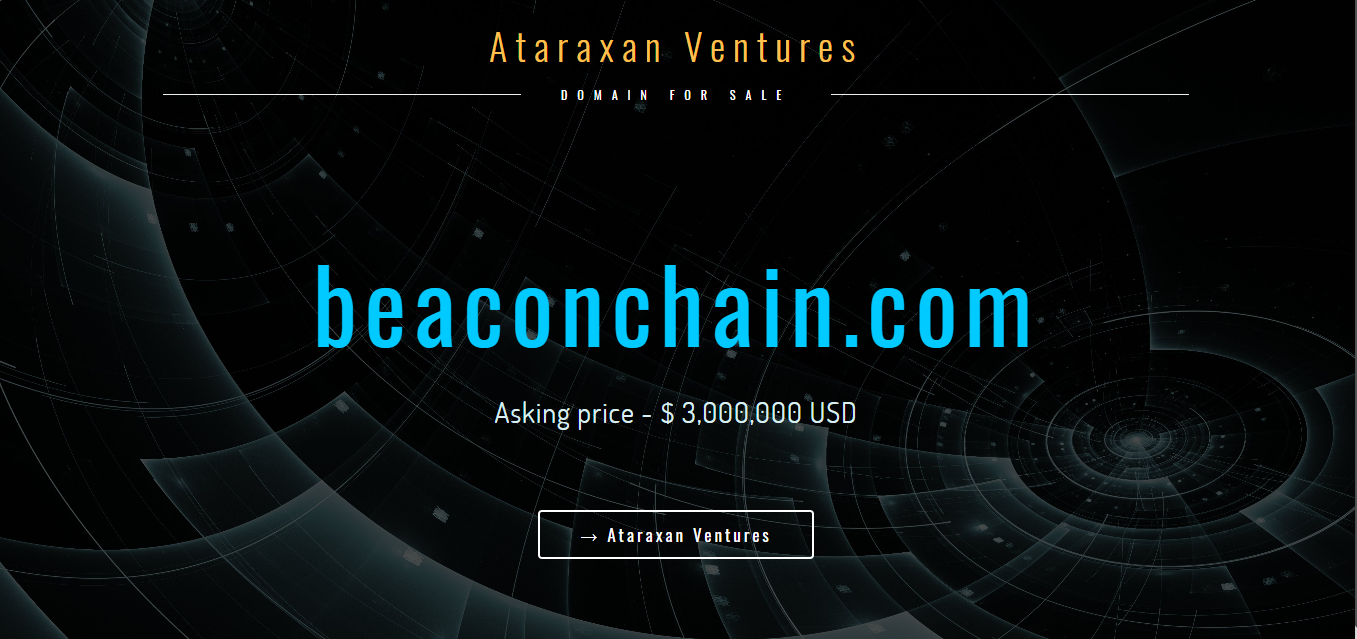Have you heard of Beacon Chain ever? Well! You may find it new for you but probably ETH or ETH 2.0 are the names that probably every trader knows. Let me tell you that Beacon Chain was first launched on Dec 1, 2020, as a trial to introduce the PoS (Proof-of-Stake) to the ETH network which was previously employed on the Proof-of-Work mechanism.
Proof-of-Work is not that much great as Proof-of-Stake in some aspects so to improve the scalability, efficiency and speed of the Ethereum network, ETH employed the PoS which improvised the efficiency of the ETH network, and this version of the ETH latterly known as ETH 2.0.
But, if we talk about the behind-the-scenes, Beacon Chain was launched to test the PoS on the ETH network. And, after finding it beneficial, they merged this phase into the Ethereum network and launched ETH 2.0. In this read, we will understand the Beacon Chain further, as well as we will look at the impacts of Beacon Chain.
A cursory look at the Beacon Chain
ETH network is the 2nd largest network in the crypto industry, and the launch of the Beacon chain in blockchain played a vital role in terms of evolution of the ETH network. This Chain employed the Proof-of-stake which serves as a consensus layer in the ETH to replace the Proof-of-Work mechanism which is energy intensive. Previously, it was launched as a demo of the PoS mechanism, but the merge of Beacon Chain with ETH brought a great impact on the ETH network such as it enhanced the security and the speed of transactions and improvised the scalability and efficiency. We will explore the key impact of Beacon Chain in the very next section, come along with me.
The key impact of Beacon Chain
Security Reinforcement through Staking: Beacon Chain’s merge with ETH brought a major transition of ETH from PoW to PoS which introduces staking. And, because of this staking, validators took part in the ETH network by locking up their purchased ETH assets as collateral to create new blocks in the blockchain and validate the transactions. This process of locking ETH on the network incentivizes the stakeholders with the best-possible interest which attracts the stakeholders to take part frequently. As far as the participants are highly involved in securing the ETH network by creating new blocks, the ETH network becomes more resilient and decentralized. And, this is how the employment of PoS by merging the Beacon Chain with the ETH network, improvised the security of the network and reduced the dependence on energy-intensive mechanisms. Along with this, a couple of more impacts which drive the growth of ETH are environmental friendliness and sustainability, facilitating Ethereum's path to sharding, and enhancing decentralization and network participation. These all impacts are collectively elevating the growth of ETH.
The Bottom Line!
There is no doubt that Beacon Chain drives a profound impact on the Ethereum network. The employment of PoS, fundamentally upgraded the security, scalability and sustainability of the ETH network. So, as far as the ETH continues to climb the charts, Beacon Chain will always remain a pivotal chapter in the evolution of the network.
